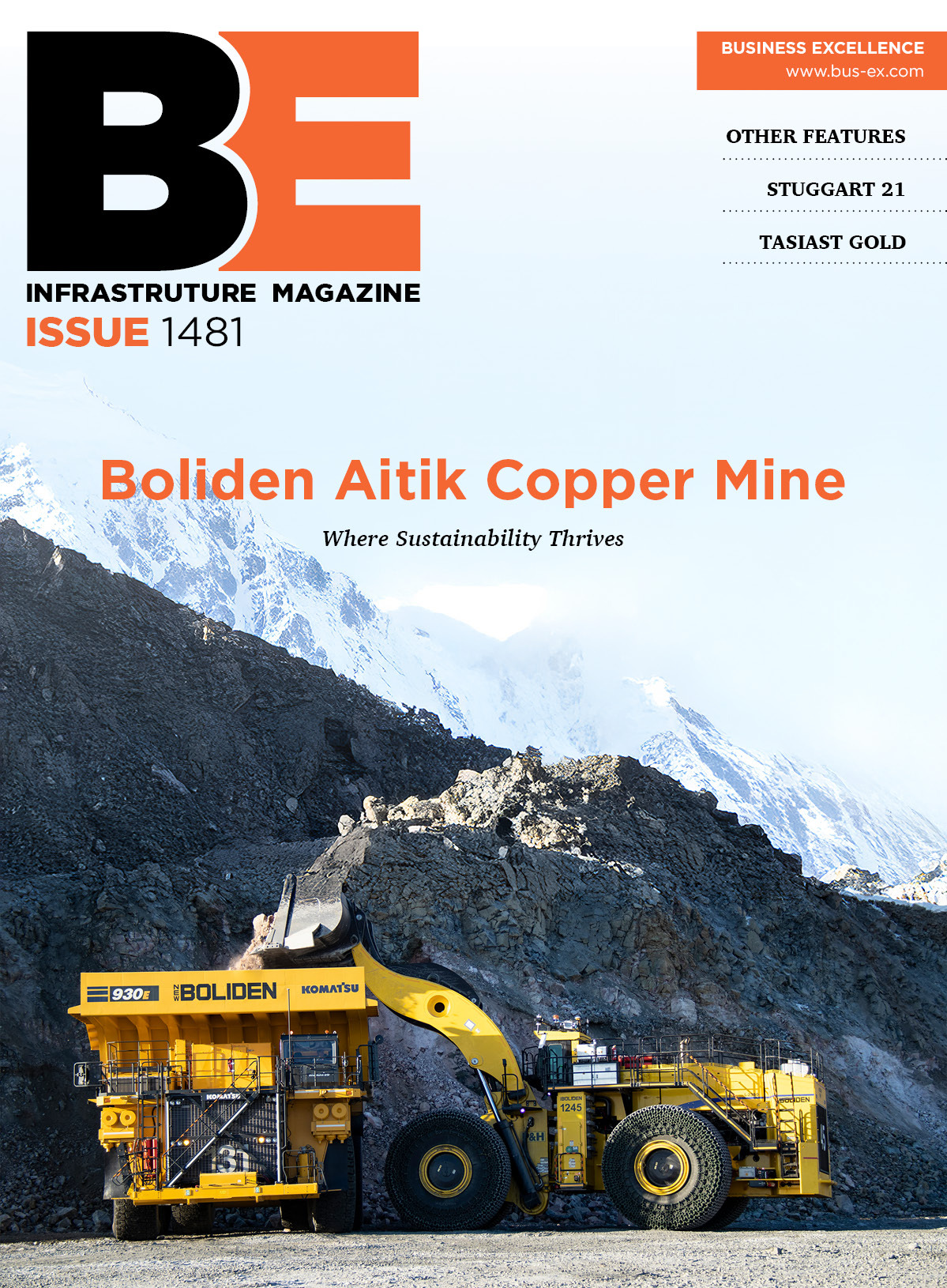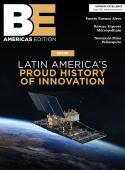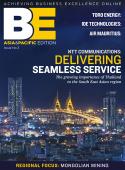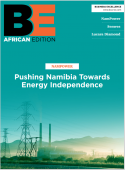Thomas R. Cutler discovers vendor relationship management (VRM), a relatively new supply chain tool that pays off for all parties. VRM, or vendor relationship management, is the reciprocal of CRM (Customer Relationship Management). VRM provides industrial, distribution, and a wide range of enterprises with the technology and tools for efficient vendor interactions that benefit both parties. ÔÇ£Until recently, CRM systems took on the full burden of relating with customers,ÔÇØ explained Larry Caretsky, president of Commence Corporation. ÔÇ£VRM technology provides complex enterprises with the means to take some of the CRM functionality and to help make markets work for both the vendors and customers. The goal of VRM is to improve the relationship between demand and supply by providing new and better ways to relate to each other.ÔÇØ In a true business processing model, VRM improves markets by providing mechanisms that equip full-service organizations to be independent leaders rather than lagging participants in relationships with vendors and other parties on the supply side of the marketplace. VRM works because vendors have reason to value it, and industrial and distribution organizations have reasons to invest the necessary time, effort, and attention to implementation.ProjectVRM is headquartered at the Berkman Center for Internet and Society at Harvard University and headed by Doc Searls, a fellow with the Center. The group has identified certain principles and encouraged input and participation in the development of the VRM concept. The principles of VRM identified by ProjectVRM are:1. User-centricity 2. Reduce, reuse, recycle (donÔÇÖt reinvent the wheel) 3. Reciprocity & everybody wins 4. Leverage network effects 5. Relationships are more than transactions 6. Solve real-world problems User-centricity means working from the perspective of the end-user. Users should control who, how, and what happens throughout the entire process. The process should create value for the user first, vendors and others second. Note that by creating value for users, there should be plenty to go around. Reduce, reuse, recycle applies to technology as much as materials. There is really no need to reinvent the wheel. Many technology solutions have already been developed to address various pieces of our online world. When possible, reuse existing tech and learn from prior experiences. That means researching what has already been done and integrating the past whenever possible. Reciprocity & everybody wins: VRM should create value for everyone in the value chain. Although the focus is on the user, each link in the relationship should come out better after implementing a VRM protocol. When everybody wins, it will be much easier to convince everyone to participate. Leverage network effects: Network effects should scale as more people participate. Whenever possible, build systems with this characteristic. In particular, reducing transaction costs across many different transactions can dramatically change a market, even when those costs are a relatively small part of each transaction. So, use network effects to leverage the value of your efforts as far and wide as possible. Relationships are more than transactions: Although vendor relationships are ultimately bounded by transactions, they begin well before and continue well after. Build systems that enable rich, long-lived relationships in ways that create real value. Solve real-world problems: People have many challenges and frustrations with existing sales, shipping, and support systems. Pick one and revise it from a user perspective. If putting the user in control creates real value with minimal investment by the vendor, there is a good chance of getting traction with both users and vendors. Commence Corporation has adapted all of these principles as a current CRM leader and transformed them into a VRM SaaS (software as a service) offering. Modifying the core CRM product has allowed the company to transfer direct selling organizations into vendor savvy organizations. ÔÇ£VRM is a vital reinterpretation of CRM because the role of interfacing effectively with vendors is increasingly important with a global supply chain,ÔÇØ notes Caretsky. ÔÇ£Tracking and holding vendors accountable is no longer a novel concept in business, rather an essential transactional requirement.ÔÇØVendor relationship management supports the areas of strategic sourcing and vendor lifecycle management to better prepare operational procurement. It helps an enterprise, whether industrial or retail, to constantly optimize its supplier selection, compress cycle times, and devise sourcing and purchasing strategies.Most sourcing projects start by identifying high-potential opportunities, by gathering historical information on how much spend was allocated to certain vendors for different commodity groups. In order to leverage the maximum spend volume for future negotiations, the analysis must span the entire enterprise and include data that is often collected from a wide range of systems including global spend analysis, content consolidation and report on procurement data.Vendor evaluation and monitoring through VRM uses a business process similar to CRM to evaluate vendors on the basis of web-based surveys. In order to meet specific reporting requirements, VRM technology allows enterprises to configure individual surveys and questionnaires, select the criteria to be evaluated, and stipulate when the evaluation is to take place. After the data has been collected, several analyses are available to help select suitable vendors and negotiate the best conditions, including ÔÇÿmaintain vendor evaluationÔÇÖ, ÔÇÿmonitor and list displayÔÇÖ, ÔÇÿanalyze vendor performanceÔÇÖ, and ÔÇÿcapture evaluation dataÔÇÖ.The VRM business process allows organizations to identify strategic sourcing requirements and optimize the source of supply for each individual item. VRM will help to identify saving opportunities and evaluate suppliers in their ability to provide materials and services at low cost, high quality, and according to schedule.Once VRM users have determined the best source of supply for specific requirements, the enterprise has the ability to collaborate in project teams both internally and with suppliers, to establish on-going effective relationships based on global agreements, including supplier qualification, request for quotation, reverse auctions, sourcing event analysis, contract development, contract distribution, contract execution and contract monitoring.While the VRM process is relatively new, and debate about it is just beginning, early implementation has proved so cost-effective (under $100 per user/vendor per month in an SaaS environment) that even modest improvements result in short-term return-on investments. VRM is NOW!









